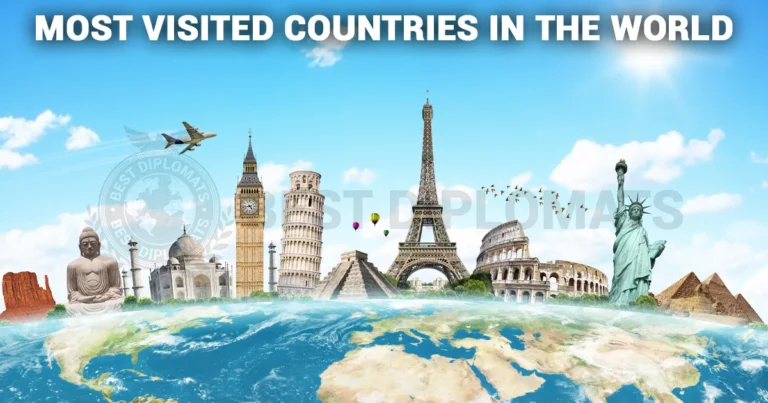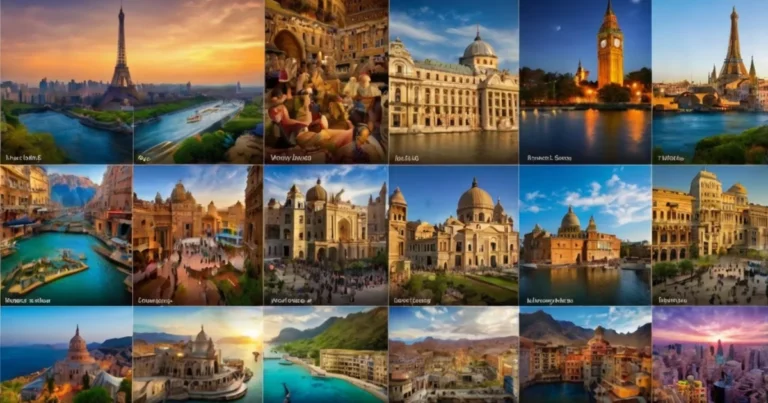15 Top Best-rated Tourist Attractions in Europe
Europe, a continent rich in history, culture, and natural beauty, offers a plethora of tourist attractions that cater to every kind of traveler. From iconic landmarks and architectural marvels to natural wonders and cultural sites, Europe’s diverse offerings make it a top destination for tourists worldwide. Whether you’re a history buff, an art lover, or someone seeking the beauty of nature, Europe has something for everyone. Let’s explore the top 15 best-rated tourist attractions in Europe that you absolutely must see!
Table of Contents
Toggle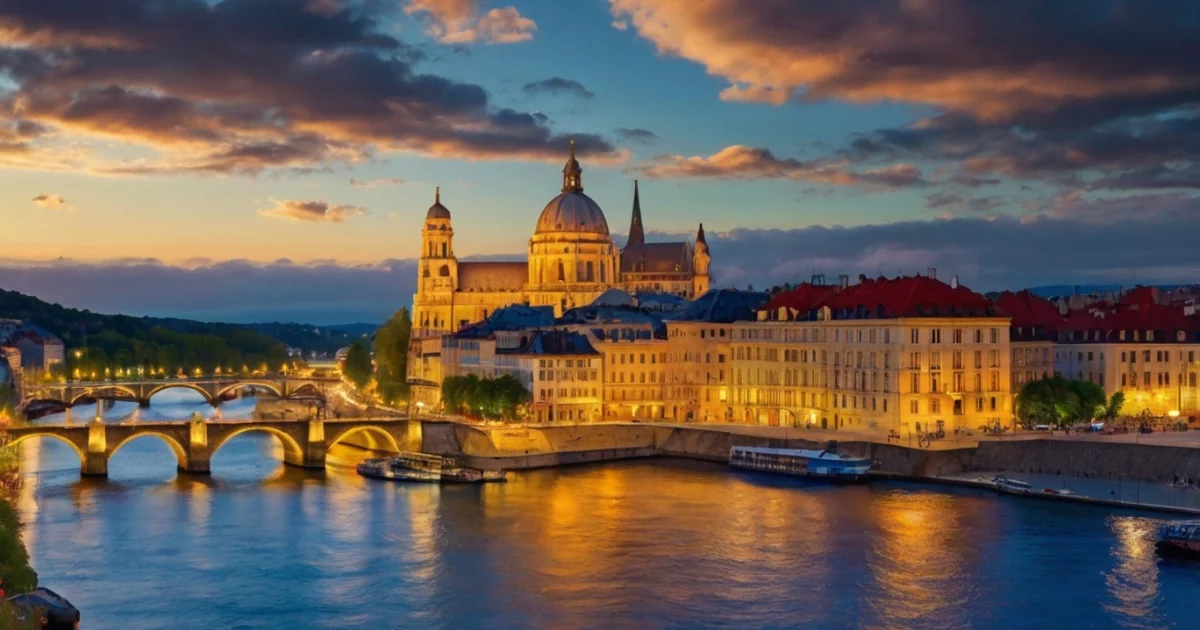
1. Eiffel Tower, France
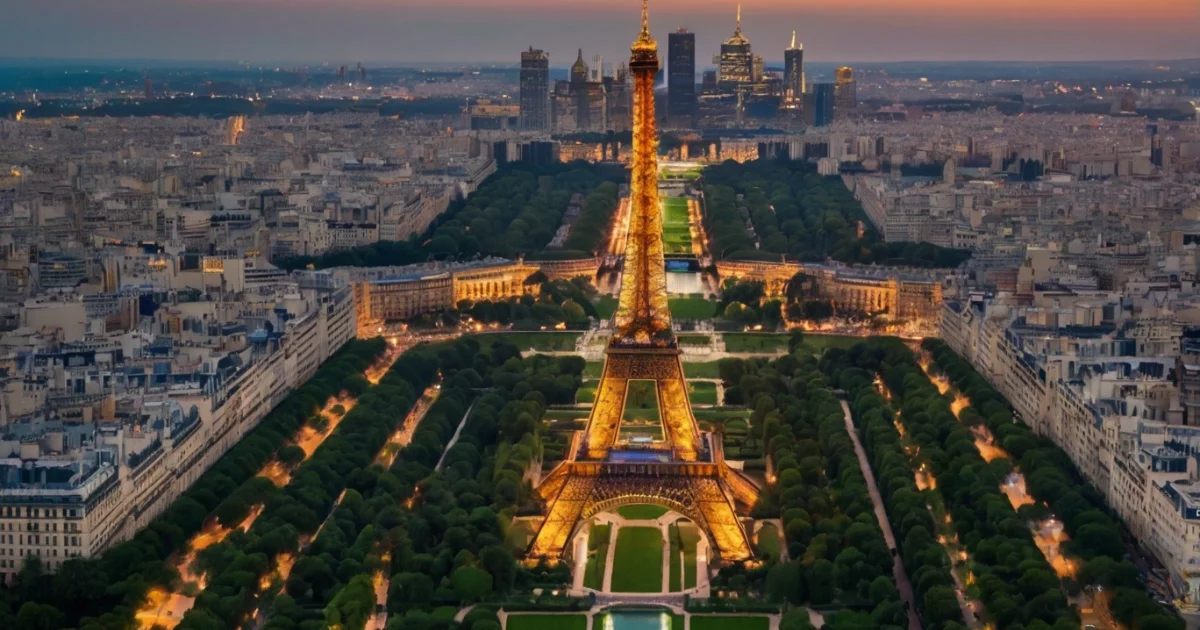
The Eiffel Tower stands as one of the most recognizable structures in the world. Built-in 1889 for the World’s Fair, it was initially met with skepticism but has since become a symbol of Paris and a masterpiece of architectural ingenuity. Standing tall at 324 meters, visitors can enjoy stunning views of the city from its observation decks. The best times to visit are early morning or late evening to avoid crowds and catch breathtaking views at sunrise or sunset. Don’t forget to capture the Eiffel Tower sparkling at night, a truly magical sight!
2. Colosseum, Italy
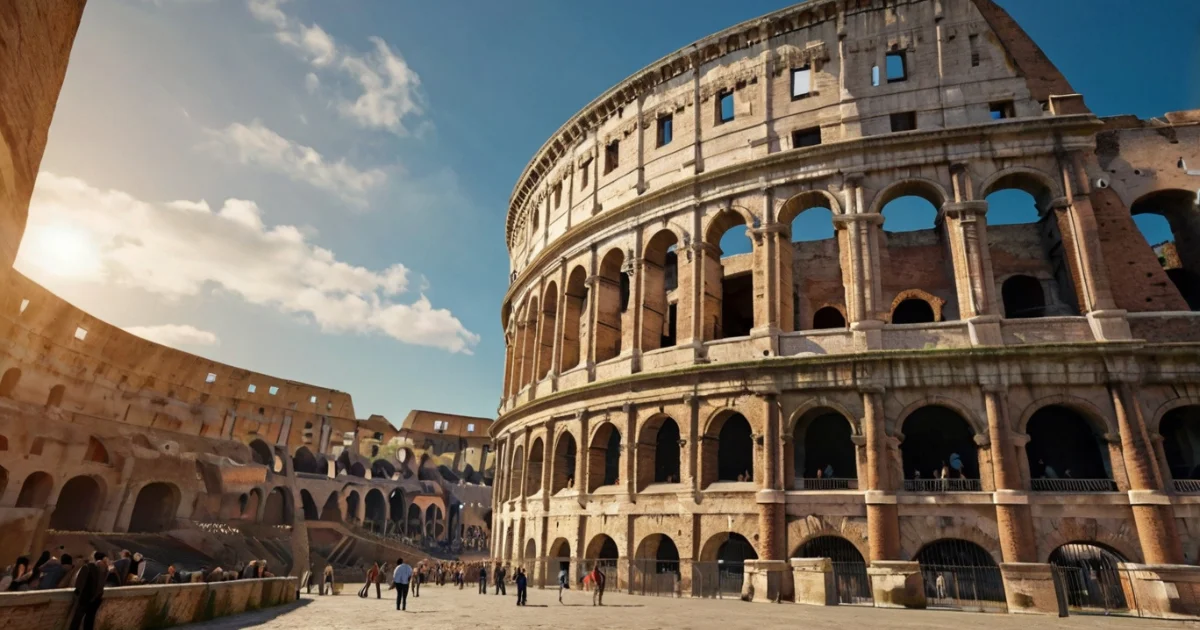
The Colosseum in Rome is a testament to the grandeur of ancient Roman architecture and engineering. Once hosting gladiator contests and public spectacles, this ancient amphitheater is now a popular tourist site, attracting millions each year. Walking through its corridors and viewing the arena gives a glimpse into the life of ancient Romans. It’s advisable to book tickets in advance and consider a guided tour to fully appreciate the historical context of this iconic structure.
3. Sagrada Família, Spain
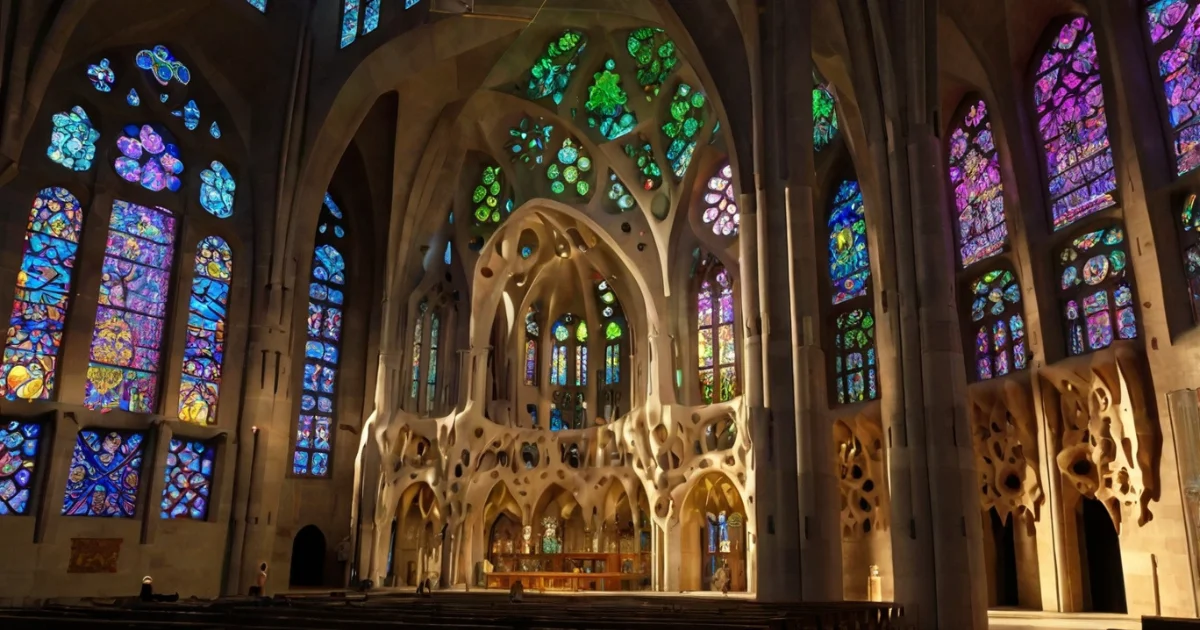
Antoni Gaudí’s masterpiece, the Sagrada Família, is an extraordinary basilica in Barcelona, Spain. Known for its intricate facades and towering spires, the basilica is a blend of Gothic and Art Nouveau styles. Although construction began in 1882, it remains unfinished, with an expected completion date in the next few decades. Visitors are mesmerized by the play of light through its stunning stained glass windows and the detailed sculptures that tell biblical stories.
4. Acropolis of Athens, Greece
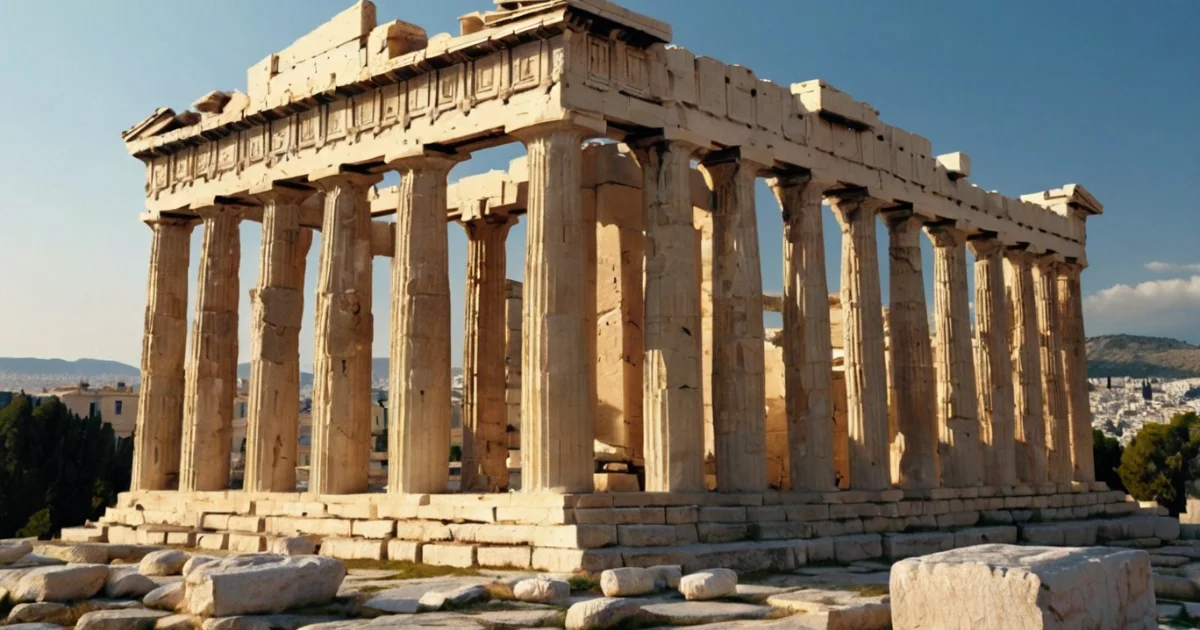
The Acropolis of Athens is an ancient citadel located on a rocky outcrop above the city, containing the remains of several historically significant buildings, including the Parthenon. This UNESCO World Heritage site is a symbol of classical spirit and civilization, offering insights into ancient Greek culture and history. Key monuments include the Parthenon, the Erechtheion, and the Temple of Athena Nike. A visit here is not just a walk through history but also provides spectacular views of Athens.
5. The Louvre Museum, France
Home to thousands of works of art, including the famous “Mona Lisa” and “Venus de Milo,” the Louvre Museum in Paris is the world’s largest and most visited museum. Originally a royal palace, the Louvre’s collection spans several millennia, featuring masterpieces from ancient civilizations to the 19th century. To make the most of your visit, plan ahead and prioritize must-see pieces, as the museum’s vast collection can be overwhelming.
6. Buckingham Palace, United Kingdom
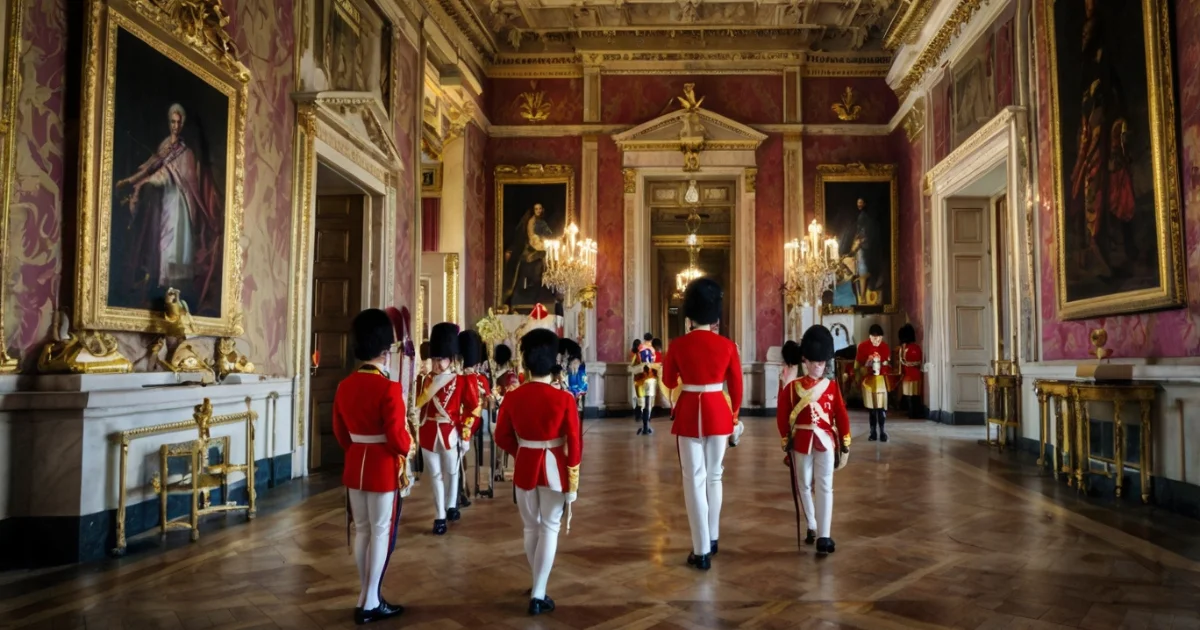
As the official London residence of the British monarch, Buckingham Palace is a symbol of the UK’s rich royal history. Tourists flock to witness the Changing of the Guard, a colorful ceremony showcasing the pageantry of the British military. During the summer months, visitors can tour the State Rooms and view the Royal Collection. The palace gardens, with their tranquil lake and impressive flora, are also a highlight.
7. The Anne Frank House, Netherlands
Located in Amsterdam, the Anne Frank House offers a poignant insight into the life of Anne Frank, a Jewish girl who hid from the Nazis during World War II. The preserved hiding place, along with the original diary she wrote, provides a moving narrative of courage and hope amidst the horrors of war. The museum also includes exhibitions on the history of persecution and discrimination.
8. The Vatican Museums, Vatican City
The Vatican Museums house one of the most extensive collections of art and historical artifacts in the world. Key attractions include the Raphael Rooms, the Gallery of Maps, and of course, the Sistine Chapel, famous for Michelangelo’s ceiling frescoes. A visit to the Vatican Museums offers not only a feast for the eyes but also a deep dive into the religious and artistic heritage of the Vatican.
9. The Northern Lights, Norway
For a natural spectacle like no other, witnessing the Northern Lights, or Aurora Borealis, in Norway is a must. This stunning natural light display is best seen in the northern regions of the country, particularly during the winter months when the nights are long. Tromsø, Lofoten Islands, and Svalbard are popular spots for viewing this magical phenomenon. Remember, while the Northern Lights are unpredictable, clear skies and low light pollution increase your chances of a good sighting.
10. The Blue Lagoon, Iceland
The Blue Lagoon is a geothermal spa located in a lava field in southwestern Iceland. Known for its milky blue waters, the lagoon offers a unique bathing experience with water temperatures averaging around 37-39°C. The water is rich in minerals like silica and sulfur, beneficial for the skin. Besides relaxing in the warm waters, visitors can enjoy spa treatments, dine at fine restaurants, and even stay at the on-site luxury hotel.
11. The Swiss Alps, Switzerland
The Swiss Alps are a paradise for nature lovers and adventure enthusiasts alike. Whether you’re into skiing, snowboarding, hiking, or simply soaking in breathtaking alpine views, the Swiss Alps offer it all. Iconic peaks like the Matterhorn and Jungfrau attract climbers and tourists from around the world. The region is also known for its charming villages, crystal-clear lakes, and vibrant culture, making it a year-round destination.
12. Neuschwanstein Castle, Germany
Often referred to as the fairy tale castle, Neuschwanstein Castle in Bavaria is one of the most picturesque castles in the world. Built by King Ludwig II, the castle’s stunning architecture and idyllic setting inspired Disney’s Sleeping Beauty Castle. Visitors can explore the lavishly decorated rooms and enjoy panoramic views of the surrounding countryside. The castle is especially beautiful in winter when snow-capped mountains surround it.
13. Dubrovnik Old Town, Croatia
Dubrovnik, known as the “Pearl of the Adriatic,” boasts a beautifully preserved medieval old town that is a UNESCO World Heritage site. Enclosed by massive stone walls, the old town is filled with historic buildings, including the Rector’s Palace and the Franciscan Monastery. A walk along the city walls offers stunning views of the Adriatic Sea and the red-roofed buildings below. Dubrovnik’s charm, history, and stunning location make it a must-visit.
14. The Canals of Venice, Italy
Venice, often described as the most romantic city in the world, is famous for its intricate network of canals. The Grand Canal, the city’s main waterway, is lined with beautiful palaces and churches. Gondola rides are a quintessential Venetian experience, offering a unique way to explore the city’s waterways. Key attractions include St. Mark’s Basilica, the Doge’s Palace, and the Rialto Bridge. Despite being a popular tourist destination, Venice retains its unique charm and allure.
15. The Alhambra, Spain
The Alhambra, located in Granada, Spain, is a stunning example of Moorish architecture and one of Spain’s most visited landmarks. This palace and fortress complex, originally built in the mid-13th century, showcases intricate Islamic art and architecture, with beautiful gardens, fountains, and courtyards. Highlights include the Nasrid Palaces, the Alcazaba Fortress, and the Generalife Gardens. A visit to the Alhambra offers a journey back in time to the days of Moorish rule in Spain.
Conclusion
Europe’s rich tapestry of history, culture, and natural beauty is evident in its diverse tourist attractions. From the architectural wonders of the Eiffel Tower and Sagrada Família to the natural spectacles of the Northern Lights and the Swiss Alps, Europe offers a wealth of experiences for travelers. Each destination tells its own story, offering unique insights into the continent’s past and present. Whether you’re exploring ancient ruins, marveling at world-renowned art, or enjoying breathtaking landscapes, Europe’s best-rated tourist attractions promise unforgettable adventures.
FAQs
1. What is the best time to visit Europe for tourists?
Ans: The best time to visit Europe depends on your destination and interests. For instance, summer (June to August) is ideal for exploring northern Europe and enjoying festivals, while spring (March to May) and autumn (September to November) offer milder weather and fewer crowds.
2. Are there any must-try foods while visiting these attractions?
Ans: Yes! Each region in Europe has its culinary specialties. In France, try croissants and escargot; in Italy, savor pizza and pasta; and in Spain, enjoy paella and tapas. Don’t forget to try local cheeses, wines, and pastries wherever you go.
3. How can I find budget-friendly accommodations in these popular spots?
Ans: Consider staying in hostels, budget hotels, or vacation rentals. Booking in advance, especially during peak tourist seasons, can also help you secure better rates. Additionally, look for accommodations outside major tourist areas but still close to public transport.
4. What are some lesser-known attractions in Europe worth visiting?
Ans: Lesser-known gems include the Plitvice Lakes in Croatia, the medieval town of Cesky Krumlov in the Czech Republic, and the charming village of Hallstatt in Austria. These places offer unique experiences away from the typical tourist crowds.
5. How should I prepare for a trip to Europe?
Ans: Start by researching your destinations’ visa requirements, cultural norms, and weather conditions. It’s also important to have a reliable map or navigation app, understand basic phrases in the local language, and familiarize yourself with local transportation options. Always have travel insurance and be mindful of your belongings, especially in crowded tourist areas.


